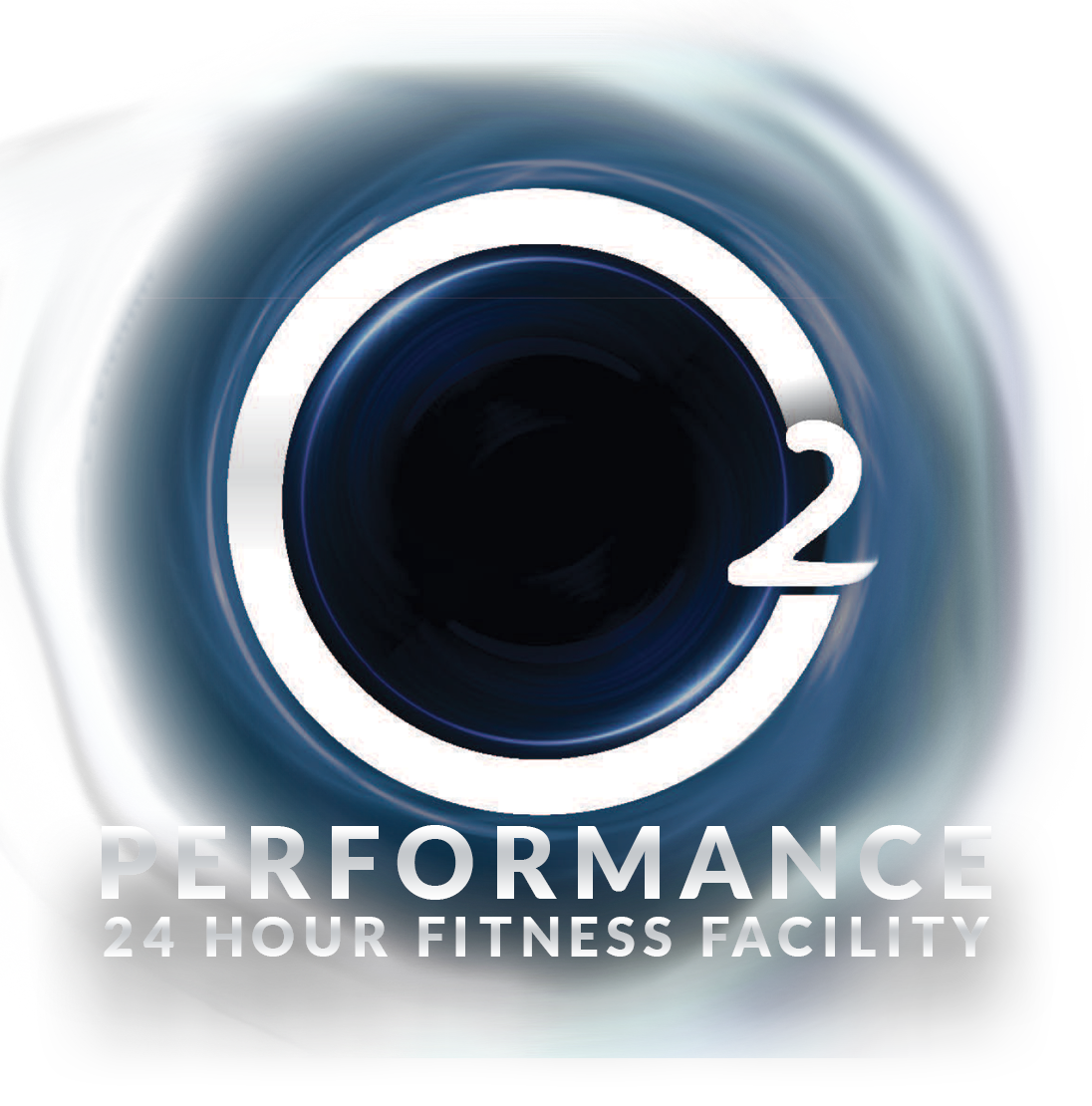Beyond the Basics: Exploring the World of Calisthenics
Calisthenics, often referred to as "street workout," is a fitness phenomenon that's taking the world by storm. Unlike traditional gym workouts with heavy weights and complex machines, calisthenics relies on your body's weight as resistance. It's a dynamic and versatile form of exercise that offers numerous benefits. In this blog, we'll explore calisthenics, delve into advanced exercises, and help you unlock the true potential of this incredible fitness discipline.
The Basics of Calisthenics
Before we dive into the advanced aspects of calisthenics, let's start with the basics. Calisthenics is a form of exercise that uses your body weight for resistance. The fundamental exercises include:
Push-Ups: A classic upper-body exercise that works your chest, shoulders, and triceps.
Pull-Ups: This exercise targets your back, biceps, and shoulders.
Bodyweight Squats: Great for strengthening your legs and glutes.
Dips: Focus on your triceps, chest, and shoulders.
Planks: Ideal for core and overall stability.
Calisthenics isn't just about performing these exercises; it's about mastering them, increasing repetitions, and progressively moving to more challenging variations.
The Progression of Calisthenics
Once you've mastered the basics, it's time to explore the world of calisthenics progressions. Advanced calisthenics movements demand greater strength, balance, and flexibility. Here are some notable progressions to aim for:
1. Handstand Push-Ups
Handstand push-ups require excellent upper body strength and balance. Start with wall-assisted handstands and work your way up to performing controlled push-ups in a handstand position.
2. One-Arm Push-Ups
This advanced variation requires significant chest and tricep strength. Begin with elevated one-arm push-ups and gradually move to the floor.
3. Muscle-Ups
A muscle-up is a dynamic exercise that combines a pull-up and a dip in one smooth motion. The transition from pull-ups to bar dips to master this move.
4. Front Lever
The front lever is an incredible display of core and upper body strength. Start with tuck front lever progressions, gradually straightening your body as you become stronger.
5. Human Flag
The human flag is a show-stopping exercise that requires immense upper-body strength and body control. Begin with bent-leg variations before progressing to the full flag.
6. Planche
The planche involves balancing your body horizontally on your hands. Master tuck and straddle planches before attempting the full planche.
7. Dragon Flags
Dragon flags are an intense core exercise made famous by Bruce Lee. They target the entire core and require stability and strength. Start with bent-leg dragon flags before attempting straight-leg variations.
Tips for Advanced Calisthenics
As you embark on your journey into advanced calisthenics, keep these tips in mind:
Master the Basics: Ensure you have a strong foundation in fundamental calisthenics exercises before attempting advanced moves.
Progress Gradually: Slowly work your way up to advanced exercises, focusing on proper form and technique.
Include Mobility Work: Flexibility and mobility are key in advanced calisthenics. Incorporate stretching and mobility exercises into your routine.
Proper Nutrition: A balanced diet is essential for muscle growth and recovery. Ensure you're getting enough protein and nutrients.
Rest and Recovery: Give your muscles time to recover between intense sessions to avoid overtraining and injuries.
Advanced calisthenics moves are not only impressive to watch but also incredibly rewarding to perform. They challenge your strength, balance, and flexibility, and they can take your fitness journey to new heights. Remember that patience, consistent practice, and dedication are essential in mastering these advanced exercises. Whether you're looking to build a more muscular and functional body or just add excitement to your fitness routine, advanced calisthenics is a fantastic way to explore your physical potential.


